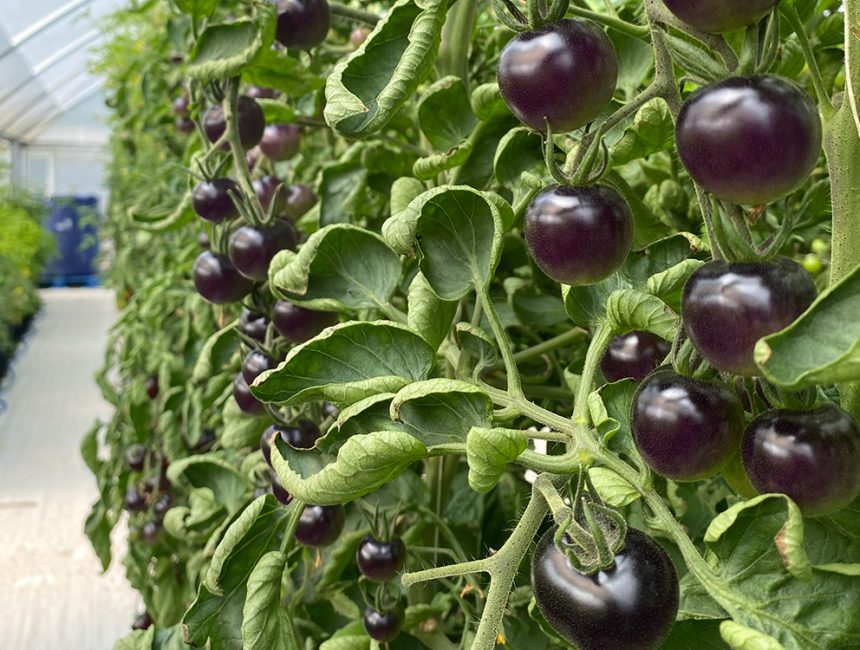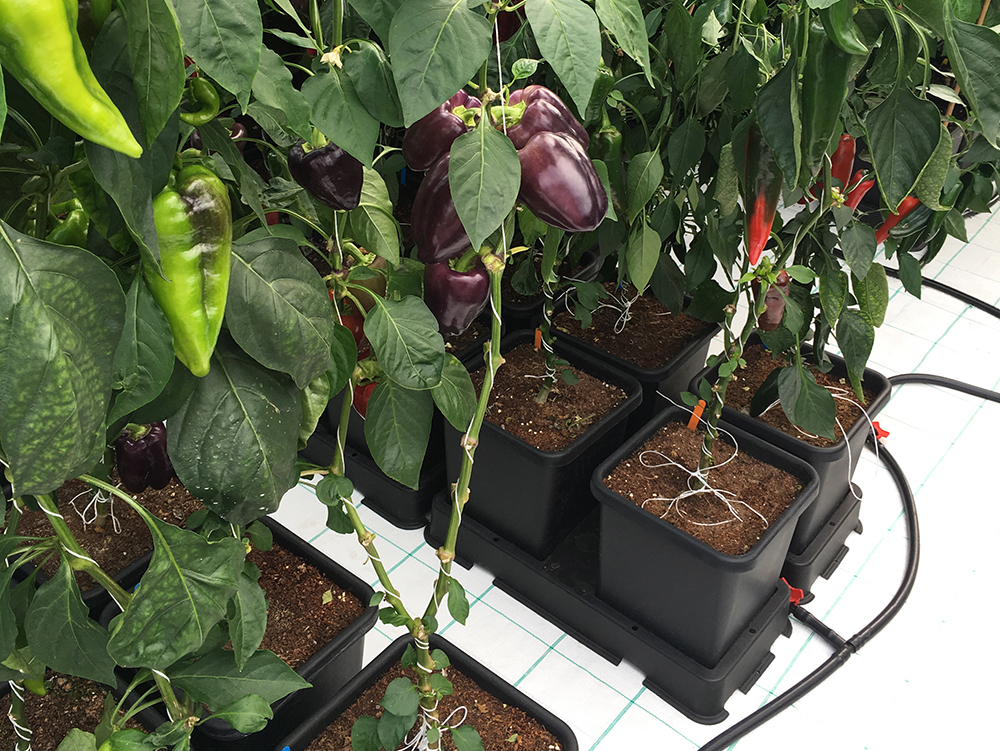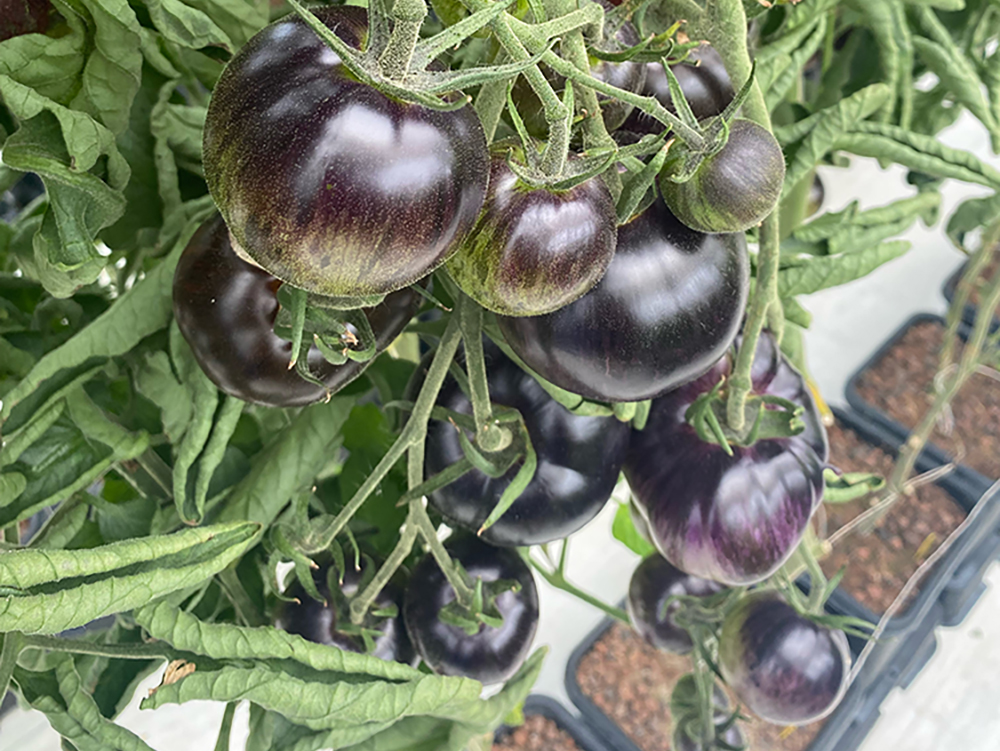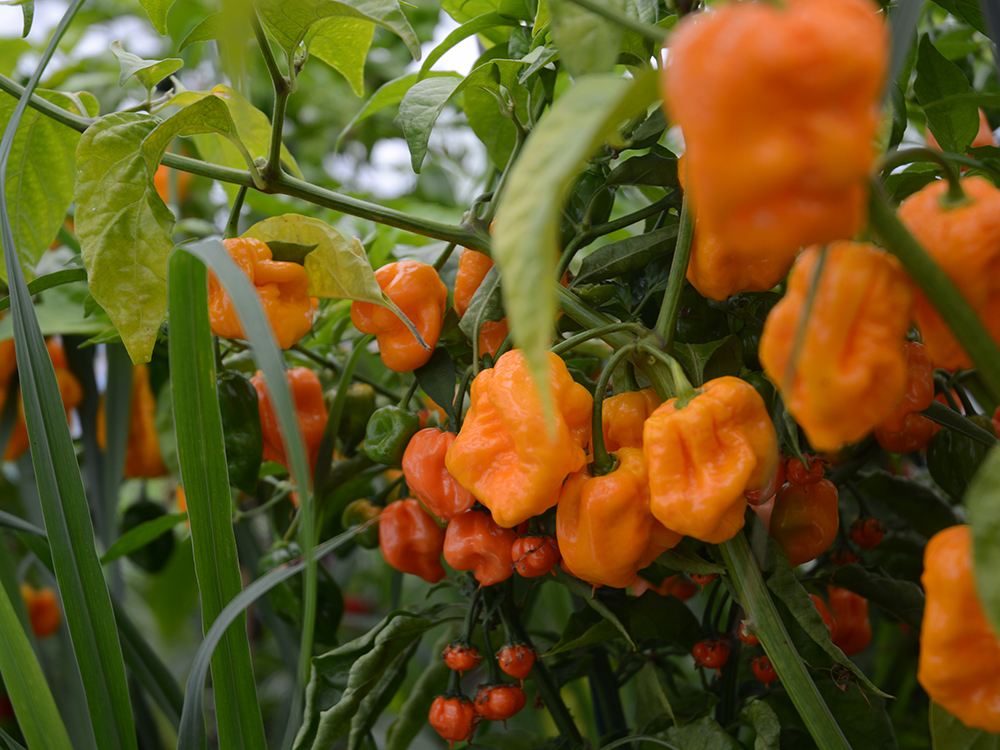

‘For fruits that are lush, forgo the flush.’
With this pithy little ditty we respond to one of the most commonly asked questions about our watering systems – ‘Do you need to flush your pots at the end of a season?’
It’s true. You don’t need to flush your pots pre-harvest with AutoPot, certainly not in the traditional, water-through, top-down sense (don’t even try it!). But you’re a discerning grower, with your own individual ideas about how to get the best results. Are you ready to take us at word?
Do you really believe that it is as simple as all that? With every crop? With every feed? And, for the uninitiated, what is flushing anyway?

The principle of flushing is simple. You feed your plants plain or pH balanced water only in the last 10-14 days before harvest. In theory this has two principle benefits. Firstly it helps encourage your plants to use up any remaining nutrients that they’re holding internally. Secondly it helps to remove any excess nutrients or salts that have accumulated in your growing media.
Flushing is commonly done pre-harvest. It is occasionally done during the growing cycle if a grower suspects a build up of nutrient deposits is compromising plant development.
How you’d apply the water would vary depending on the system used. In theory, in a pot and tray system you might switch off the reservoir and simply hand-water through the top of the pot (but never with AutoPot!).

For certain crops, especially those with short growing cycles, flushing can be theoretically useful. It forces the plant to use up any residual nutrients. This in turn can speed up the final stages of fruiting and flowering.
Excess mineral nutrients (that are within the crop but unused) can affect crop flavour. Mineral nutrients can also produce salts in your grow media that can potentially affect growth. Hence, many growers are keen to see excess material consumed or washed out.
Flushing isn’t really considered necessary with organic nutrients as they produce far less in the way of salts and are considered to have minimal effect on flavour.
Devotees of flushing claim that it can improve the cleanness of crop flavour, that it can enhance finishing of fruits and flowers, and that (pre-harvest) the plants contain enough nutrients to finish fruiting on their own.
These are all theoretically valid points. But it’s important to say that these are also all (to some extent) subjective opinions. And the results of flushing are always dependent on the skill and judgement of the grower.

The debate about flushing often revolves around the effectiveness of doing it. That leads people to assume that when we advise against flushing we’re just trumpeting our opinions on growing in general. But it’s nothing to do with our point of view. It’s to do with how AutoPot Watering Systems work.
In AutoPot modules the plants draw water and nutrient solution up from the tray beneath the pot. Unlike a dripper or other top-watering system, the entire direction of travel is upward as far as inputs are concerned. Nutrients are not percolating down to the root zone. They are moving up to the roots where they are received and consumed.
If there is an excess of nutrient then it invariably continues up to the surface where it can form a crust of mineral salts. And as long as that crust remains on or near the surface it’s essentially harmless. The worst thing you can do is disturb this crust by pouring water through it. Flushing through the tops of the pots will send high concentrations of potentially harmful salts straight back into the root zone.
So, even if you’ve had success with flushing like this in other cultivation systems, there are very good reasons for avoiding such techniques with AutoPot. If you still really want to flush we can suggest an easy, equally effective alternative.

Again it’s all about the direction of travel with your inputs. With AutoPot you’ll have been feeding from the bottom-up throughout the growth cycle. So you should observe the same direction if you’re looking to flush.
You simply switch your reservoir supply to plain water only for the last 10-14 days before harvesting. That’s it! The plants continue to draw water in the same direction. This ‘flushing upwards’ may sound a bit weird but its just as effective as top-down. In some respects it’s even more effective.
Because you’re not suddenly pouring in from above the rate of irrigation is unchanged, helping you avoid over-watering. Keeping the direction of inputs as it was also helps to drive the final, natural consumption of nutrients rather than just creating a swamp of (potentially harmful) flushed-out excess beneath the pot.
| Monday | 9AM-5PM |
| Tuesday | 9AM-5PM |
| Wednesday | 9AM-5PM |
| Thursday | 9AM-5PM |
| Friday | 9AM-5PM |
| Saturday | Closed |
| Sunday | Closed |